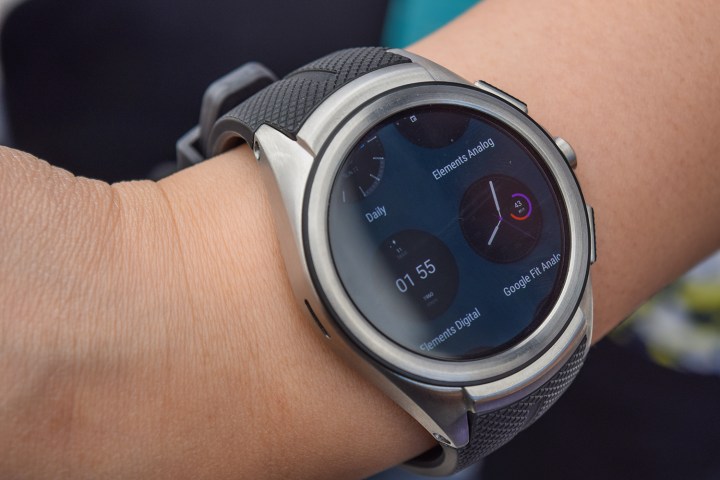
Previously, Android Wear watches connected to iOS could only access watch faces and apps that were distributed by Google through the Android Wear iOS app.
Of course, iOS support isn’t the only addition to the last developer preview of Android Wear 2.0. The operating system also adds a navigation drawer app, as well as support for NFC Host Card Emulation — which means you’ll soon be able to pay for things using
Support for iOS is an important feature for Android Wear. What it means is that the millions of iPhone users who don’t own an Apple Watch can instead opt for an
Developers might also like to know that apps compiled with this version of Android Wear 2.0 can be submitted for publication to the Google Play Store — where they’ll be available for users with an
The new developer preview for Android Wear signals that we’re getting closer and closer to a public release. Google says that the operating system will be available in early February, and reports indicate that it will finally be launched on February 9. Not only that, but the operating system will debut on a pair of new LG smartwatches, called the LG Watch Style and the LG Watch Sport. These two watches have been leaked a few times, drawing a mixed reaction regarding their design.
Editors' Recommendations
- An Apple insider just revealed how iOS 18’s AI features will work
- The 7 biggest features we expect to see in iOS 18
- The OnePlus Watch 2 is the Wear OS smartwatch I’ve been waiting for
- How to save text messages on iPhone and Android
- I need this iOS concept feature on my iPhone right now


